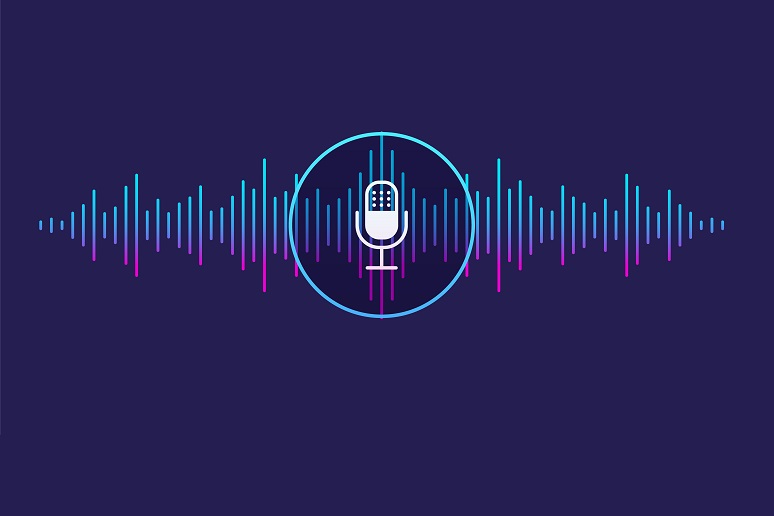Enterprise Connect 2021 marks 10 years since we gave this brand its current name; previously it was known as VoiceCon. The market has known for a decade that enterprise communications, once synonymous with telephony, was going to become much more. And for the last year and a half, the whole world has come to identify the notion of interpersonal communications with video, both for personal and business purposes.
And yet, voice-led communications is one of the hottest technologies of this year. My colleague Ryan Daily
wrote last week on No Jitter about the latest news from Cisco on its Webex Calling service, an offering that clearly aims to keep Cisco competitive with Microsoft and Zoom, who have each made voice and telephony-related products a major focus this year.
Why is voice still so compelling? In a presentation for Enterprise Connect 2021, analyst Jon Arnold of J Arnold & Associates lists four key attributes where voice has the edge on other media—not just video but even, in some circumstances, text:
- We can speak faster than we can type.
- It’s the most direct and efficient real-time mode.
- Its richness, providing nuance, warmth, and the ability to signal intent
- It’s effective for both one-to-one and one-to-many scenarios.
Jon’s list above demonstrates the power of voice along two directions. The first two bullets point to the natural fit for AI with voice: In many situations, we’d rather talk (and listen) than type. AI is already well on the path to providing transcription, translation, and other functions that let voice be far better than it ever was in the days of POTS.
The other aspect of voice is its emotional power, which comes from its directness. The classic example is the contact center. When a customer is really upset, concerned, or angry, they most likely want to speak to a live agent—that’s why “empathy” has become one of the biggest buzzwords in contact centers this year.
So for lots of reasons, your enterprise will continue to need access to reliable, high-quality voice service. But you’re almost certainly planning to migrate all of your voice capabilities from any remaining legacy PBXs to a cloud-based service, whether classic telephony-replacement UCaaS or a broader collaboration platform that embraces video, screen sharing, and other media.
But the “how” of making this migration is not likely to be so simple. That’s why I’m glad we have consultant Steve Leaden of Leaden Associates leading an EC session on how to strategize for PBX end-of-support from vendors. Steve summarizes his session in this
No Jitter post, and it’s a great overview of the steps it’ll take for you to make the migration a reality. And Steve’s fellow consultant Melissa Swartz will also help with the cloud-migration challenge, delivering a presentation on
cloud contract “gotchas.”
One of our most important goals with any year’s Enterprise Connect program is to combine the strategic vision you need to plan long-term, with the immediate information you need to start making moves now. I hope you can join us
either in Orlando or in our virtual environment the week of Sept. 27, where our experts will be ready to help you move voice—and the rest of your communications—into the next phase.










